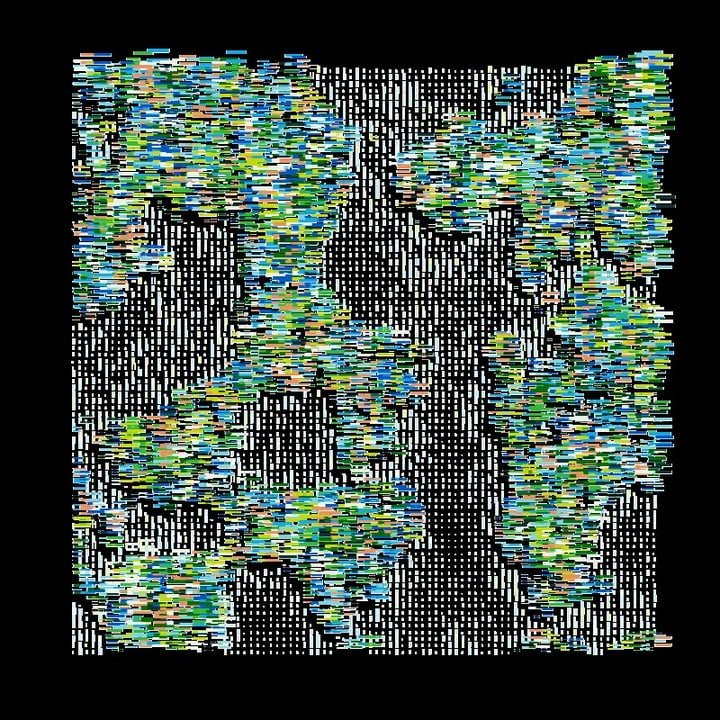Exploring the Beauty of Complexity
Introduction:
Generative art is an intriguing field that blurs the boundaries between creativity, technology, and complex systems. It relies on the idea of using algorithms, rules, and randomness to create artworks that evolve and unfold in unpredictable ways. Underlying this creative process is the concept of non-linear systems, which bring a layer of complexity and beauty to the art form. This article aims to explore the relationship between generative art and non-linear systems, highlighting how the inherent qualities of complex systems give rise to mesmerizing artworks.

Understanding Non-Linear Systems:
To grasp the connection between generative art and non-linear systems, it is crucial to understand what non-linear systems are. In simple terms, non-linear systems are those where small changes in initial conditions can lead to large-scale, unpredictable outcomes. Unlike linear systems, these systems do not exhibit a direct cause-effect relationship between inputs and outputs. Instead, they demonstrate emergent behavior, where the interactions of smaller elements result in complex and unexpected patterns.
Generative Art: Unleashing Complexity:
Generative art harnesses the power of non-linear systems to create dynamic and ever-changing artworks. Artists write algorithms that define the rules and behaviors of various elements in their artwork, allowing it to unfold over time. By encoding randomness, noise, and feedback loops into these algorithms, generative artists invite complexity to take center stage.
Dynamic Evolution of Artworks:
One of the key aspects of generative art is the dynamic evolution of artworks. Non-linear systems give rise to artworks that are continuously changing, morphing, and adapting over time. By introducing elements such as iterative processes, recursion, and self-organization, generative artists let their art unfold in ways that are impossible to predict. Each iteration becomes a unique snapshot in the artwork’s evolutionary journey.
Emergence of Patterns and Complexity:
Non-linear systems are fertile ground for the emergence of intricate patterns and complexity. Through the interplay of simple rules and intricate interactions, generative art reveals hidden patterns that captivate the viewer’s eye. As the artwork evolves, unexpected connections, symmetries, and fractal-like structures emerge, creating visually stunning compositions that evoke a sense of wonder and awe.
Creating Engaging Interactive Experiences:
Generative art also embraces interactivity, drawing parallels to how we interact with real-world complex systems. Artists often design their artworks to respond to user inputs, creating dynamic and engaging experiences. This interactivity not only blurs the line between artist and viewer but also provides an opportunity for users to explore and uncover the underlying complexities of the artwork themselves.
Conclusion:
Generative art serves as a powerful testament to the intricacies and beauty of non-linear systems. By embracing complexity, randomness, and emergent behavior, it produces artworks that constantly surprise and mesmerize us. As technology and computational capabilities continue to advance, the realm of generative art and non-linear systems promises to unfold even further, pushing the boundaries of creativity and visual expression. It is an exhilarating journey through the depths of complexity, offering us a new lens through which we can appreciate the art that emerges from the chaos.